Table of Contents
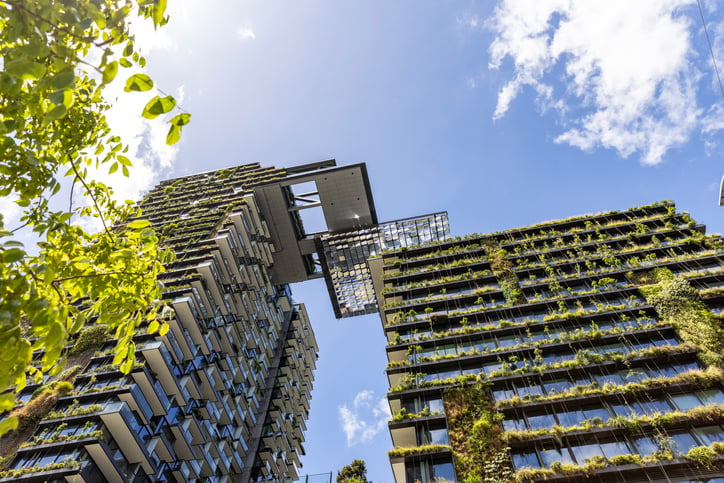
In comparing two of the world’s most popular green building standards, LEED and BREEAM, odds are high that one begins with a distinct advantage—namely that you’ve already heard of it.
While both are widely used, LEED as a name is like Kleenex or Band-Aid, brands that are so recognizable that they have almost become synonymous with the categories of products they represent. In the case of LEED, the category is sustainable construction, that climate-conscious school of thought concerned with fostering more environmentally-friendly building techniques. If you’re an American, hances are when you think of green buildings, the first word that pops into your head is LEED.
But it would be a mistake to limit our understanding of sustainable construction to LEED alone.
It may have the most name recognition (in the US, at least), but LEED is only one of many green building standards in existence, and has a close runner-up that is worthy of attention. In this article, we will explain what LEED and BREEAM are and compare two of the world’s most widely used green building standards.
Jump Ahead:
1.) What Is A Green Building Standard?
2.) Why Are Green Building Standards Important?
3.) What Is LEED?
4.) What Is BREEAM?
5.) What Are The Differences Between LEED And BREEAM?
6.) LEED vs BREEAM: Which One Should You Pick?
What is a green building standard?
A green building standard is an action-oriented framework that aims to increase the health and efficiency of buildings and infrastructure for the benefit of both humans and the natural environment.
Green building standards—also commonly referred to as green building “certification” or “ratings” systems—provide a rubric by which to gauge a building’s level of sustainability, encouraging a departure from traditional construction practices that are harmful to nature. Buildings that have been awarded recognition from a green building standard like LEED or BREEAM can wear their certification as a badge of achievement, an outward facing credential of the structure’s overall eco-friendliness during construction and throughout its lifecycle.
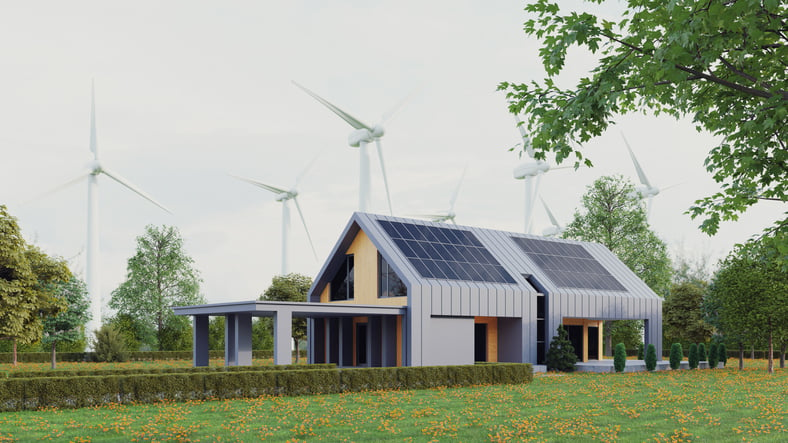
Different green building standards prioritize different things. Some take a big picture look at every aspect of a building’s carbon footprint while others zero in on specific details like clean air or push a specific path to achieving sustainability. Overall, green building standards encourage the use of green principles and technologies for the purpose of making our buildings and infrastructure more sustainable in the long-term.
Why are green building standards important?
The collapse of natural ecosystems as a result of climate change poses a direct and growing threat to life on Earth. Green building standards (and green building codes, for that matter) are one of the many tools available to us that can help slow or even halt the climate crisis in its tracks. Besides their positive impact on the environment, projects that utilize green building standards also experience a variety of long-term benefits, including improve health outcomes for occupants and economic advantages like increased valuation and energy efficiency.
What is LEED?
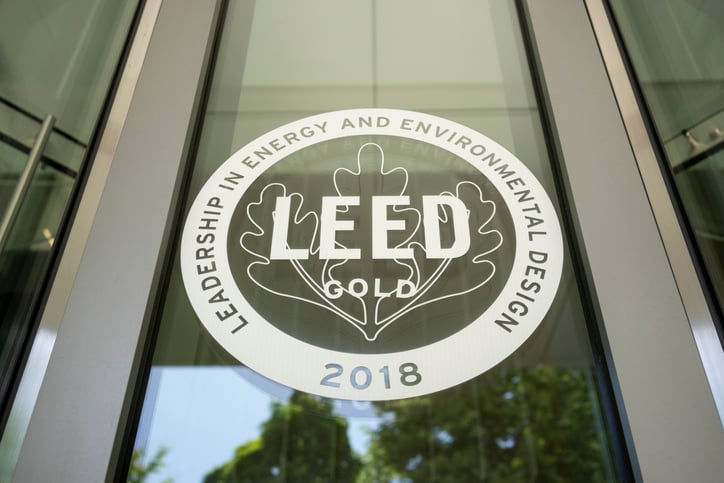
LEED is short for Leadership Energy and Environmental Design.
Since its creation by the US Green Building Council (GCBI) in 1998, LEED has become one of the most popular international green building standards, with more than 100,000 certified projects worldwide.
LEED takes the holistic view on sustainability, evaluating projects on an array of metrics, including waste reduction efforts, overall resource efficiency and carbon emissions, as well as a structure’s impacts on human health and biodiversity.
LEED has evolved over the years to provide a framework for how to sustainably build a wide variety of both new and old construction project types. As of this writing, the most up to date version is LEED v4.1, which includes multiple green building standards for homes, neighborhoods, cities, and more.
How LEED works
To become LEED certified, you must register and submit an application at LEEDOnline.
Under LEED, projects are rated according to a points-based system, with points awarded according to how well a project embodies sustainable construction principles as defined by LEED.
LEED ranks projects on a spectrum, with Platinum representing the highest standard of sustainability and Green representing sufficient.
- LEED Platinum Certification = 80+ points.
- LEED Gold Certification = 60 to 79 points.
- LEED Silver Certification = 50 to 59 points.
- Certified, or general LEED Green Certification = 40 to 49 points.
Your path to LEED certification depends on your specific project, but there are generally two routes.
For an existing building, eligible project owners must present supporting evidence of their worthiness to GCBI, the organization that administers LEED. Those looking for guidance on LEED-approved operation and maintenance practices for existing buildings should consult the LEED v4.1 O+M guide.
For new buildings, the process is similar, although instead of trying to fit LEED into the building after-the-fact, the building is designed from the ground up with LEED as the guiding principle. This involves choosing the correct LEED standard (again, there are different LEED standards for different project types), meeting eligibility requirements, hitting application deadlines, paying the appropriate fees, building out your team, and registering your project.
A helpful tool for getting a new construction project certified is the LEED credit library, which provides a breakdown of how LEED points are awarded.
What is BREEAM?
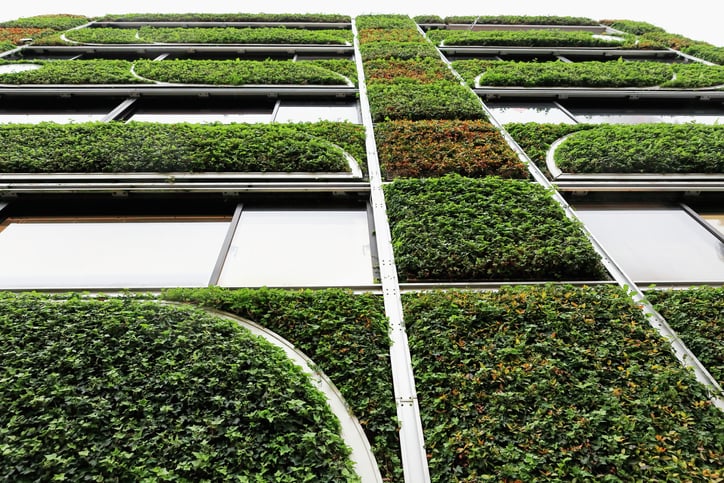
We come now to BREEAM, LEED’s closest counterpart in the world of green building standards.
BREEAM is short for Building Research Establishment Environmental Assessment Method. Think of it as the European version of LEED, although it would be more accurate to describe LEED as the American version of BREEAM. Created by the United Kingdom based Building Research Establishment in in 1990, BREEAM is the world’s very first green building standard, predating LEED by almost a decade.
Like LEED, BREEAM takes the holistic outlook, evaluating a building’s sustainability based on a broad range of criteria, including energy efficiency, impact on surrounding ecosystems, use of green building materials, durability of design, life-cycle resilience, biodiversity protection, and what efforts have been made to reduce carbon emissions throughout the construction process.
An international green building rating system, BREEAM is used in 85 countries and has certified more than 590,000 completed building projects worldwide, with millions more reportedly registered on the first leg of their journey toward BREEAM certification. Though primarily used in Europe, BREEAM is also used elsewhere and has developed a specific rating system for already existing structures in the US.
How BREEAM works
To earn a BREEAM certification, projects must undergo an evaluation by a licensed BREEAM assessor, who awards credits that are then converted into percentages according to the building’s performance across a variety of sustainability metrics.
BREEAM certifications are awarded based on the performance of a structure at the time of the assessor’s evaluation. The level of BREEAM certification that a project receives is reflected in its ranking on a scale ranging from Pass to Outstanding.
- Outstanding: ≥ 85%
- Excellent: ≥ 70%
- Very Good: ≥ 55%
- Good: ≥ 45%
- Pass: < 30
BREEAM includes five green buildings standards for a variety of project types:
- BREEAM New Construction: For rating the sustainability of newly constructed buildings.
- BREEAM Refurbishment and Fit Out: For rating the sustainability of building remodels or refurbishments.
- BREEAM In-Use: For rating the sustainability of the operations of buildings that already exist.
- BREEAM Communities: For rating the sustainability of the design and master-planning of new community-scale projects.
- BREEAM Infrastructure: For rating the sustainability of infrastructure and civil engineering projects.
Each of BREEAM’s standards can help projects reach their sustainability goals in the following areas: Environmental Social Governance (ESG), net-zero carbon emissions, health and social impact, circularity and resilience, and whole life performance.
To achieve a BREEAM certification, start by picking and familiarizing yourself with the appropriate rating system (for example, “BREEAM New Construction” for a new building project). Next, be sure to register your project online. Then consider taking a BREEAM training course at the BRE Academy. You might also want to hire a BREEAM Accredited Professional (AP) to provide expert advice on how to achieve BREEAM certification. Finally, find a BREEAM assessor to evaluate your project.
What are the differences between LEED and BREEAM?
By now it should be clear that LEED and BREEAM have many similarities.
Both are internationally recognized green building standards that have certified tens of thousands of projects in dozens of countries around the world. Both are “big picture” holistic systems that evaluate the sustainability of a variety of project types on comprehensive sets of criteria, covering everything from waste reduction to impact on local ecosystems.
There are, however, some noteworthy differences between LEED and BREEAM.
|
LEED |
BREEAM |
|
|
A few obvious ones bubble to the surface at a glance: BREEAM has existed for a longer time than LEED. LEED is predominantly American whereas BREEAM is more popular in the UK and Europe. LEED uses points, while BREEAM uses percentages. And while there is a great deal of overlap between the two, both green building standards differ in the specifics of what they evaluate and how much weight they grant one element over another.
The most significant difference between the two green building standards, however, is the process by which they award certifications.
Under BREEAM, projects are evaluated by licensed assessors who determine a project’s ranking based on in-person inspections of a project’s design process and final construction. LEED, on the other hand, awards certifications based on evidence submitted by applicants.
Under LEED, a certification is automatically awarded if a project can prove that it meets the checklist of criteria. With BREEAM, the situation is a little more open-ended, with each aspect of a project examined by and subject to the judgment of the BREEAM assessor.
LEED Vs BREEAM: Which one should you pick?
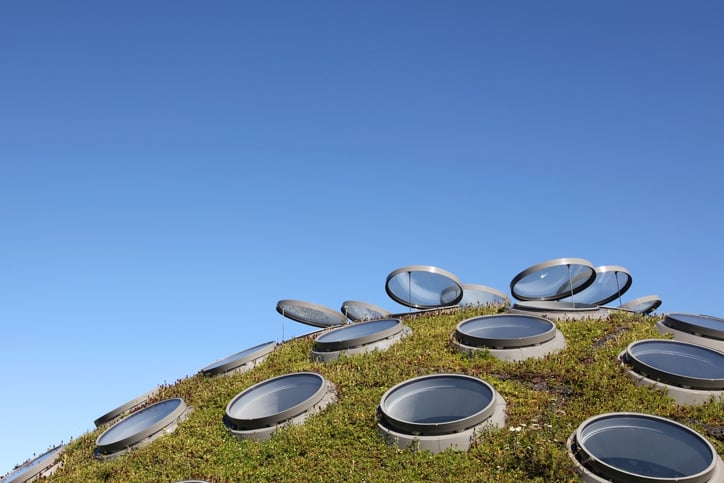
So which one should you choose? LEED or BREEAM?
The answer to that question is largely a matter of personal preference. If you’re in the UK or Europe, BREEAM may be the natural choice, as it has been shaped over the years to mesh well with existing laws and regulations. If you’re in the US, LEED might feel the more comfortable fit for similar reasons.
The other major consideration is what kind of process you’re looking for. LEED places a greater burden on the applicant to provide documentation and proof of certification worthiness, whereas most of the heavy-lifting is handled by the assessor in the case of BREEAM.
Bottom Line
The truth is that LEED and BREEAM are both solid options as far as green building standards are concerned. Each has evolved over its lifespan into an internationally recognized signifier of green building principles. Not everyone agrees about the extent to which they reflect a structure’s true environmental impact, but that is a discussion beyond the scope of this article.
At the end of the day, a certification from either LEED or BREEAM shows the world that your project has undergone a rigorous review and emerged on the other side with a higher-than-average level of sustainability.
